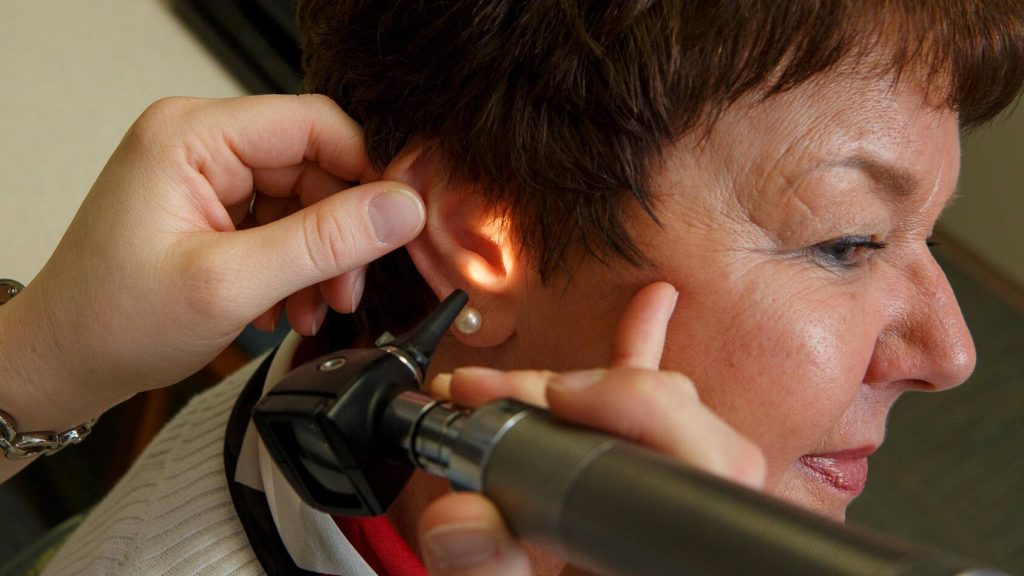-
The scoop on earwax

Wax has many uses, ranging from crayons and adhesives to polishes and candles. It also helps to protect and lubricate your ears.
Cerumen, commonly called earwax, is found in the ear canal. It's made up of several components.
The ear canal is lined with small hairs and glands. Earwax is made up of secretions from these glands, skin cells that have sloughed off, hairs that have shed and usual bacteria that lives on the skin's surface.
Earwax has many jobs. It moisturizes the fragile ear canal skin, and prevents dry and itchy ears. It also protects the ear canal skin from infection, and traps dust and other foreign particles. It has antibacterial properties to protect your ears from unhealthy bacteria. Finally, its water-repelling features prevent water damage to the ear canal and eardrum.
How to clean your ears
The ears are self-cleaning for most people. Earwax migrates from deeper in the ear canal to the ear canal opening via different mechanisms, including normal skin migration pattern and movement of the jaw joint. These mechanism help push earwax outward toward the ear canal opening. Once it arrives, it falls out or is washed away.
You don't need to take extra steps to keep your ears clean. Just wash your hair regularly and gently dry your ear canal opening with a towel.
Clinical removal of earwax
Some people produce an excessive amount of earwax. This can be due to various causes. Other people have issues with wax blockage because they put items into their ears, thus embedding the wax deeper into the ear canal.
Talk with your health care team if you have concerns about your earwax or concerns that you may have a wax blockage. They can remove excess wax in the clinic using a small instrument called a curette, or suction or other specialized methods.
Hydrogen peroxide drops
Your health care team may recommend that you use hydrogen peroxide drops in your ears. Hydrogen peroxide is a cerumenolytic. This means that it softens, loosens, dissolves and breaks down earwax.
This treatment should only be completed under the guidance or at the direction of a health care professional who will direct you on proper use, including the number of drops and length of time. It is likely your health care team will want you to return to the clinic after completing the treatment course to make sure that any remaining earwax is cleared and perform an ear exam.
Hydrogen peroxide drops should not be attempted in people who have a history of recurrent ear infections, holes in eardrums or prior ear surgeries. It can cause harm and pain in these cases.
Keep items out of the ears
Never attempt to dig out excess or hard earwax using a paper clip, Q-tip or another small object. These instruments can push the earwax deeper into the ear canal, which can cause an earwax impaction.
Q-tips and other small objects can traumatize the fragile ear canal skin and lead to infection and bleeding. They also can disrupt the tiny hairs that protect your ear canal skin. Finally, Q-tips contribute to single-use plastic waste, which is yet another great reason to avoid them.
Fareeda Hussain, M.D., is an otolaryngologist and head and neck surgeon in Albert Lea and Austin, Minnesota.







